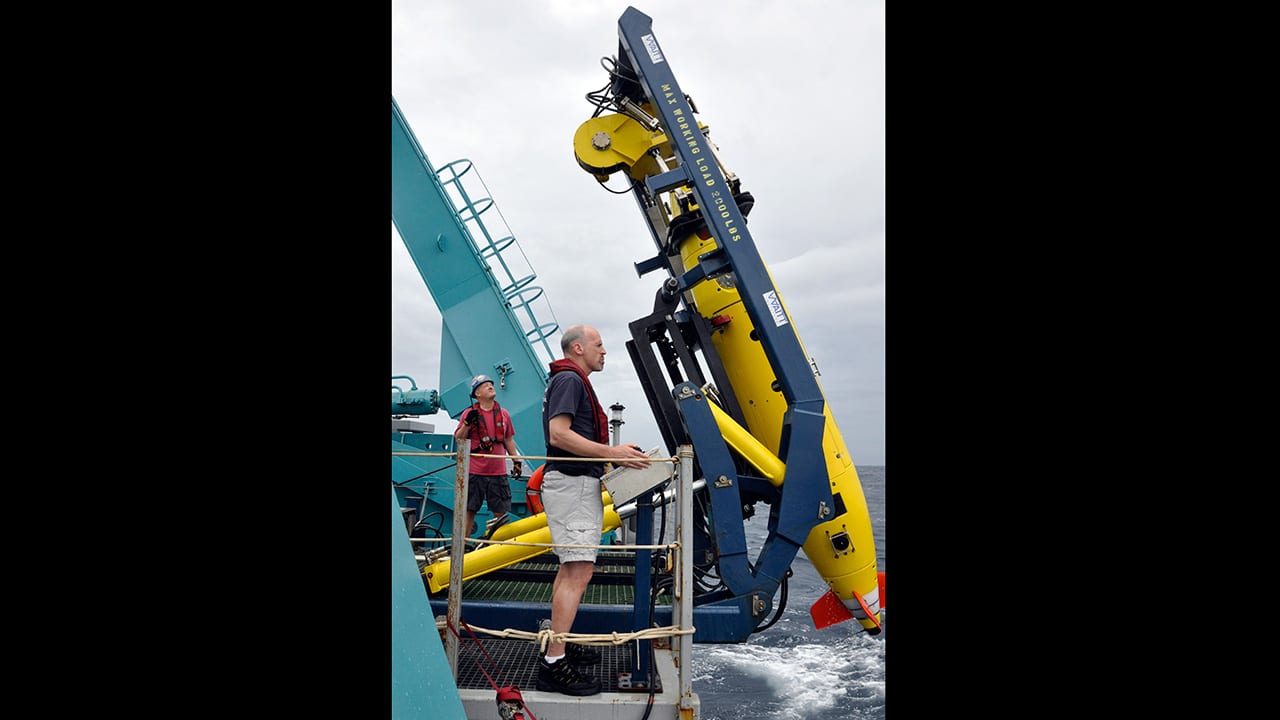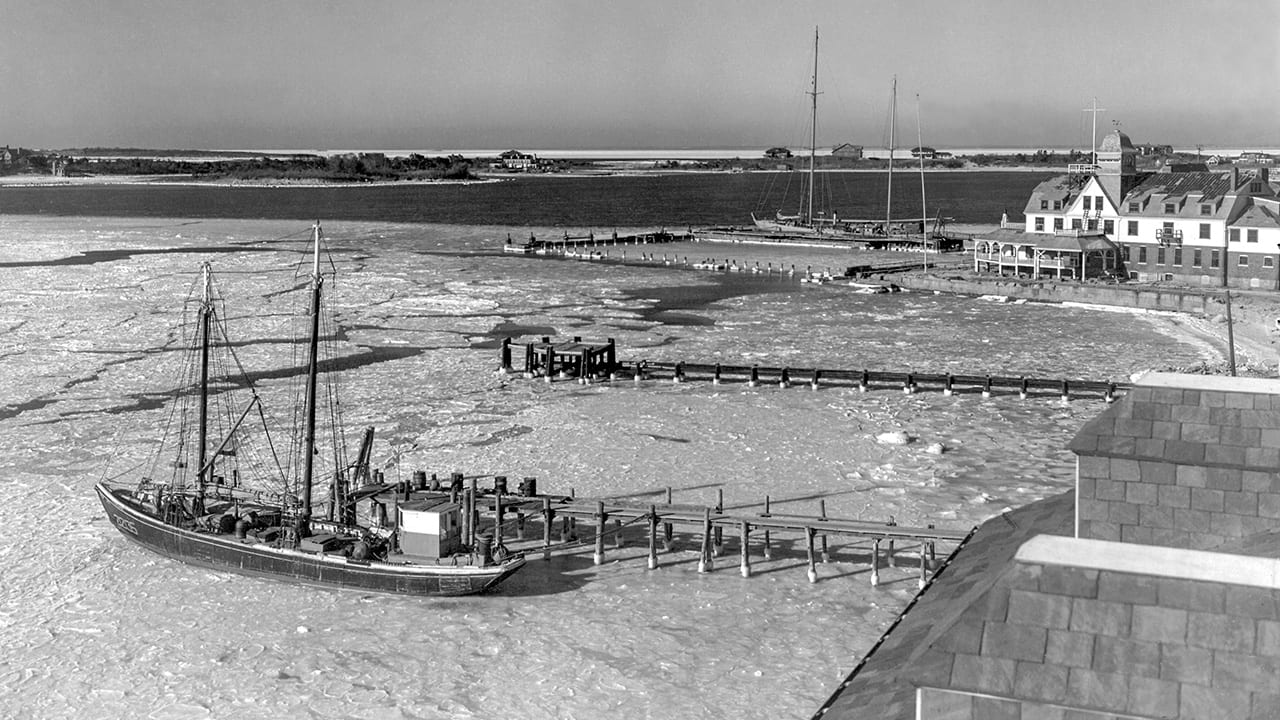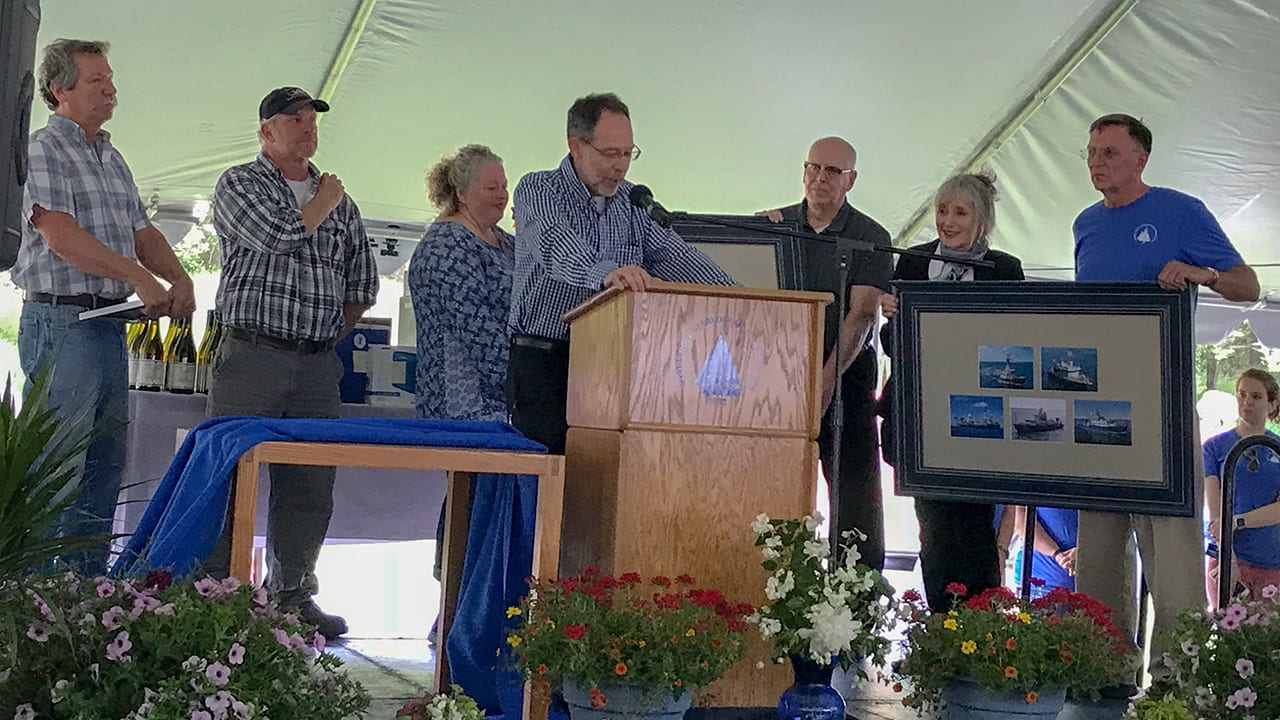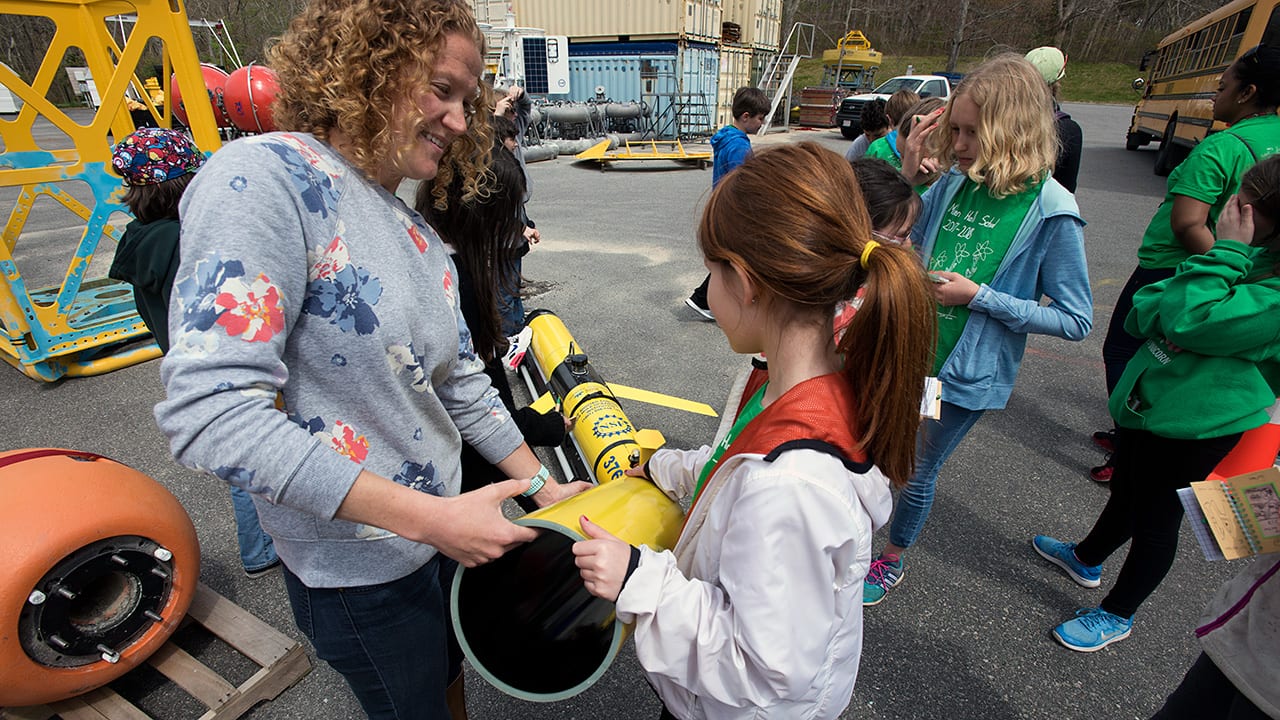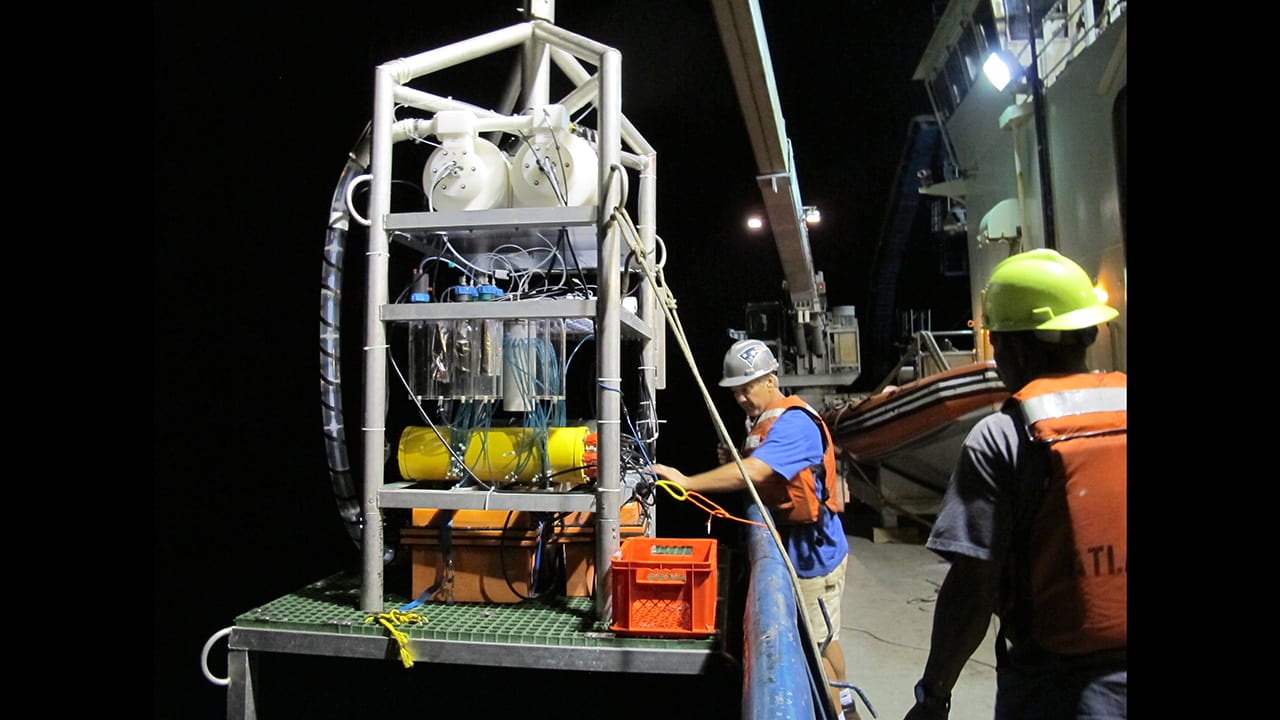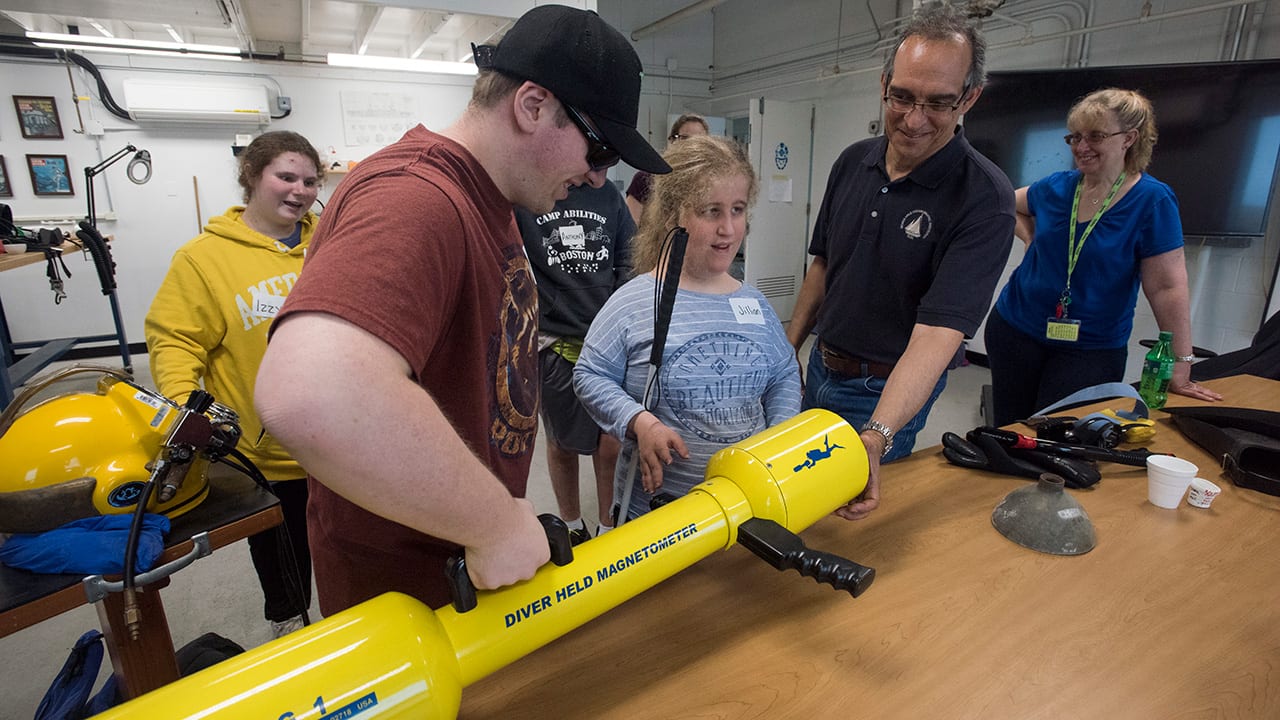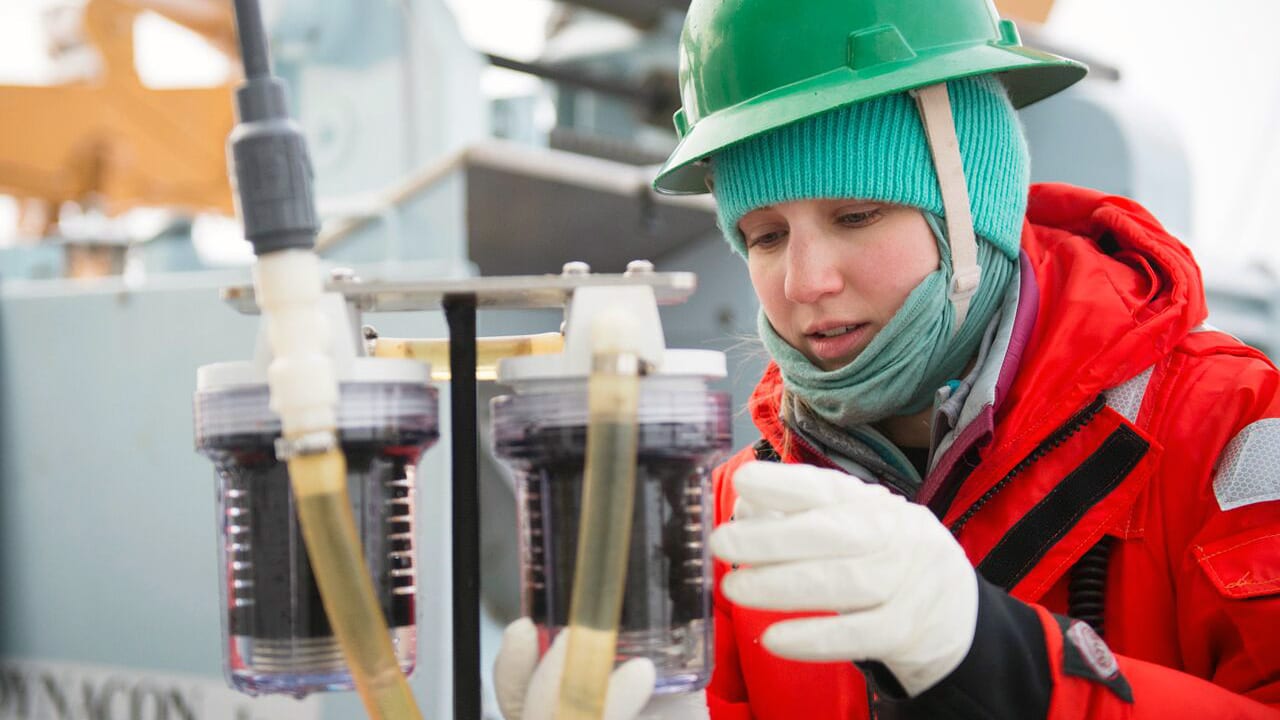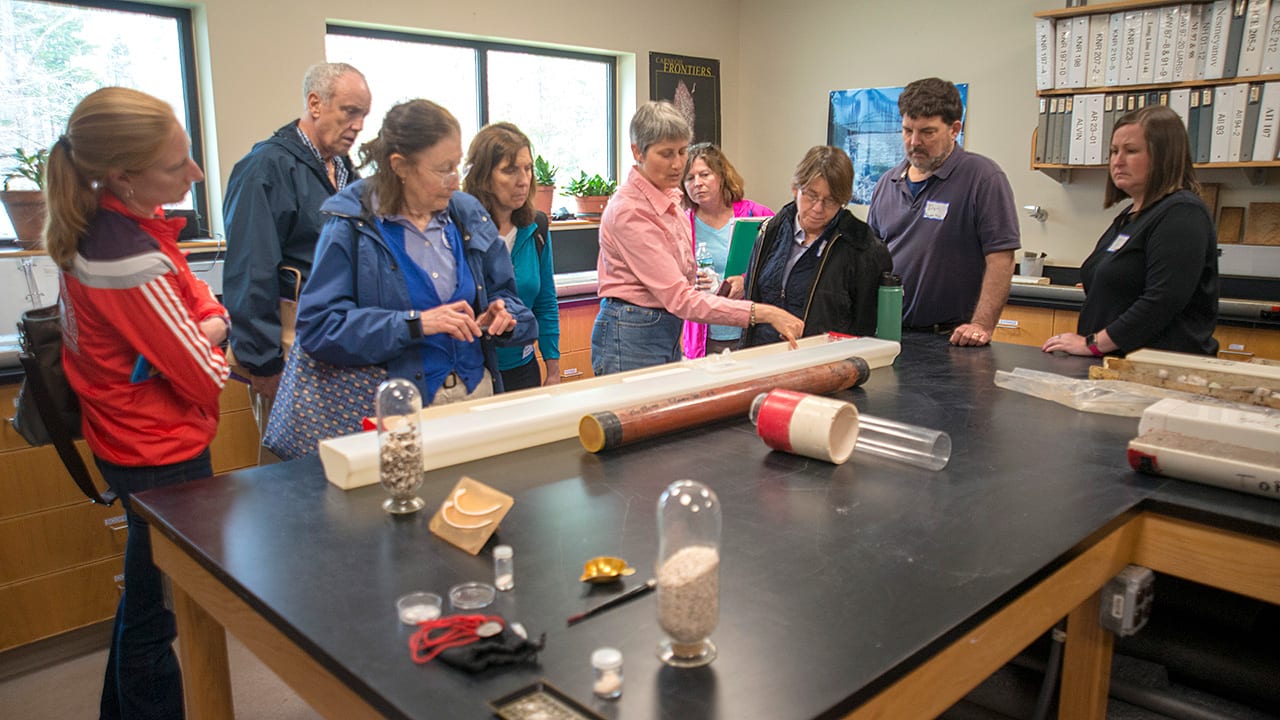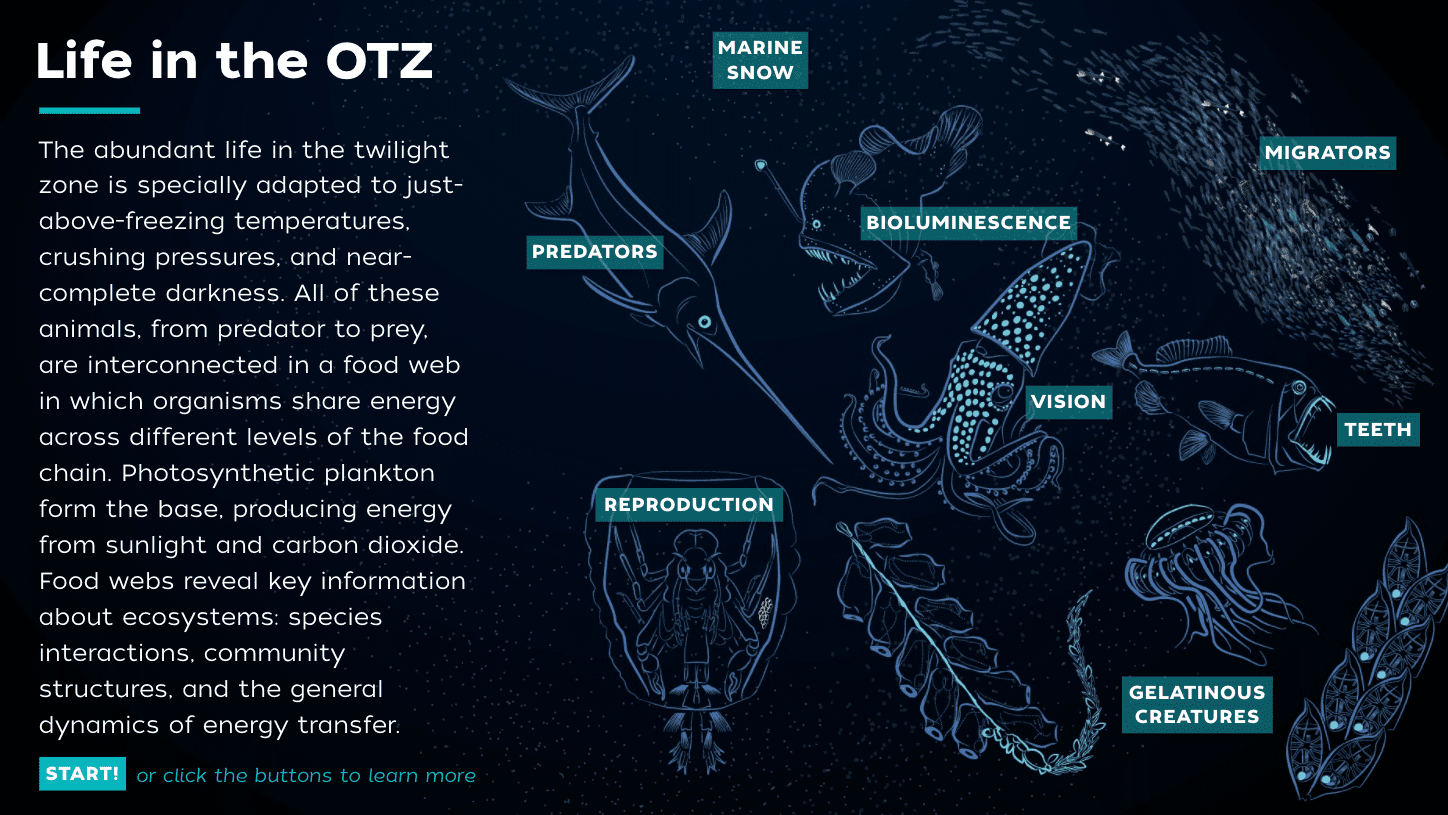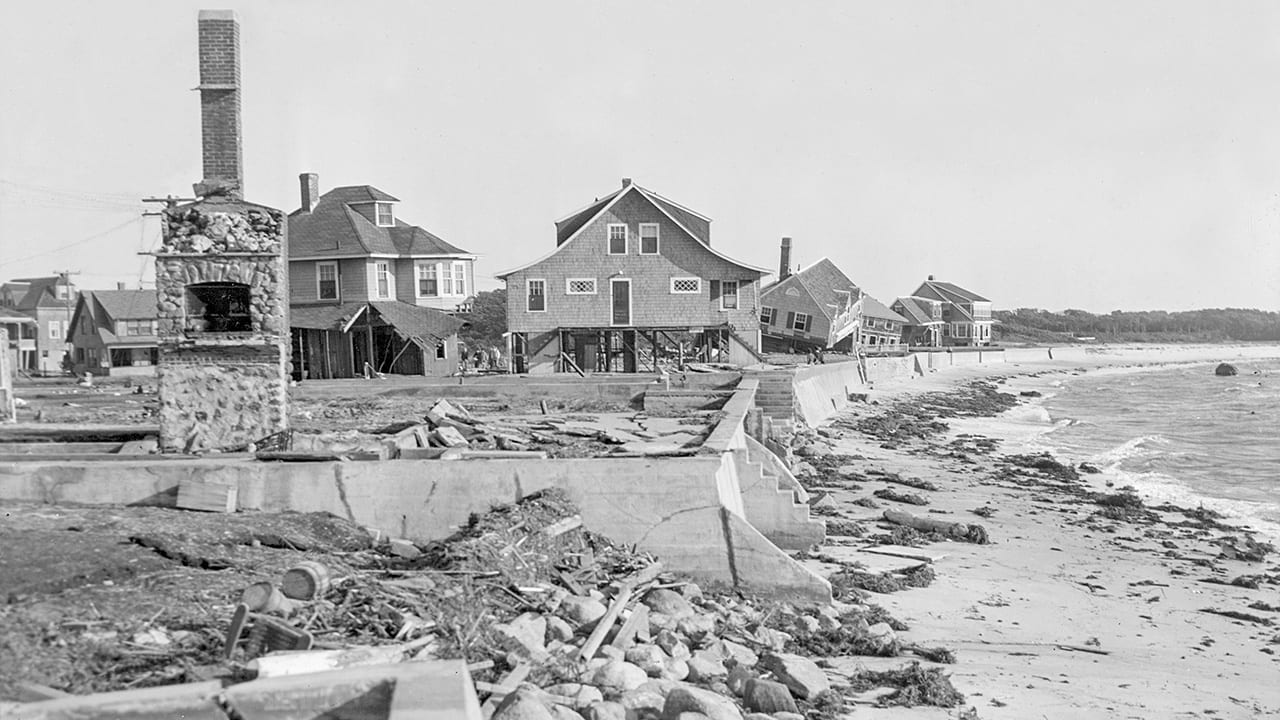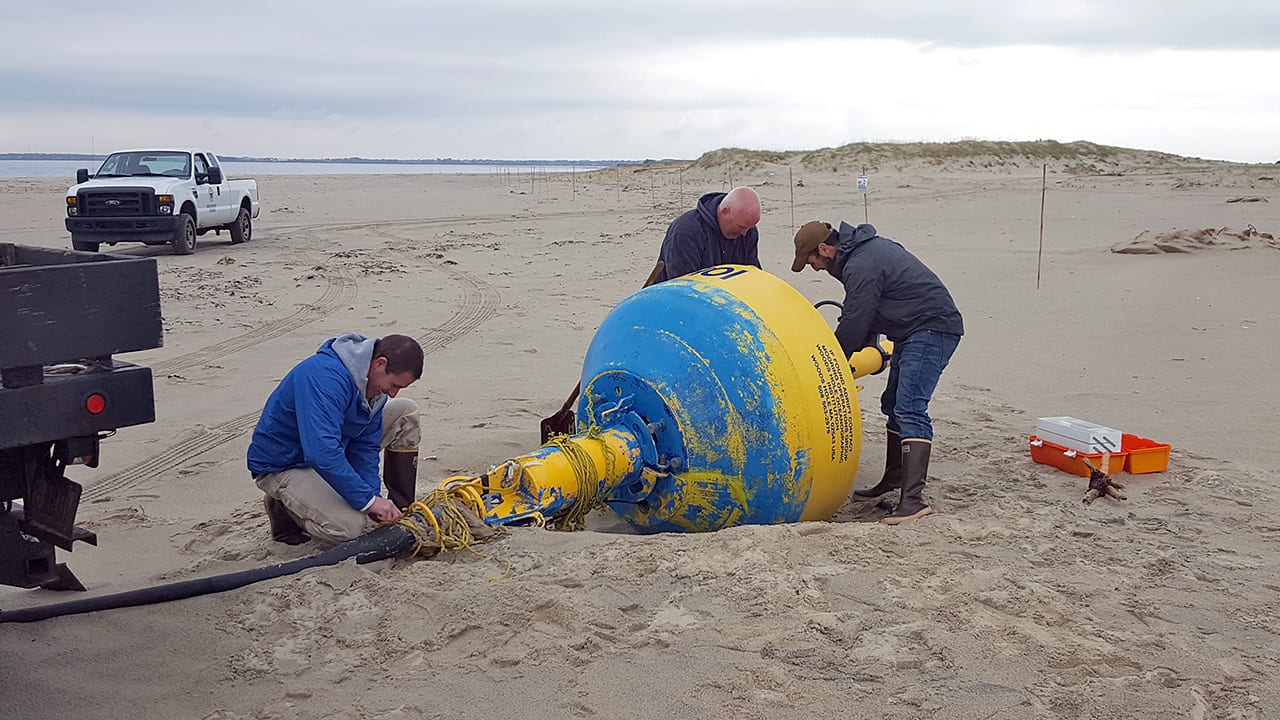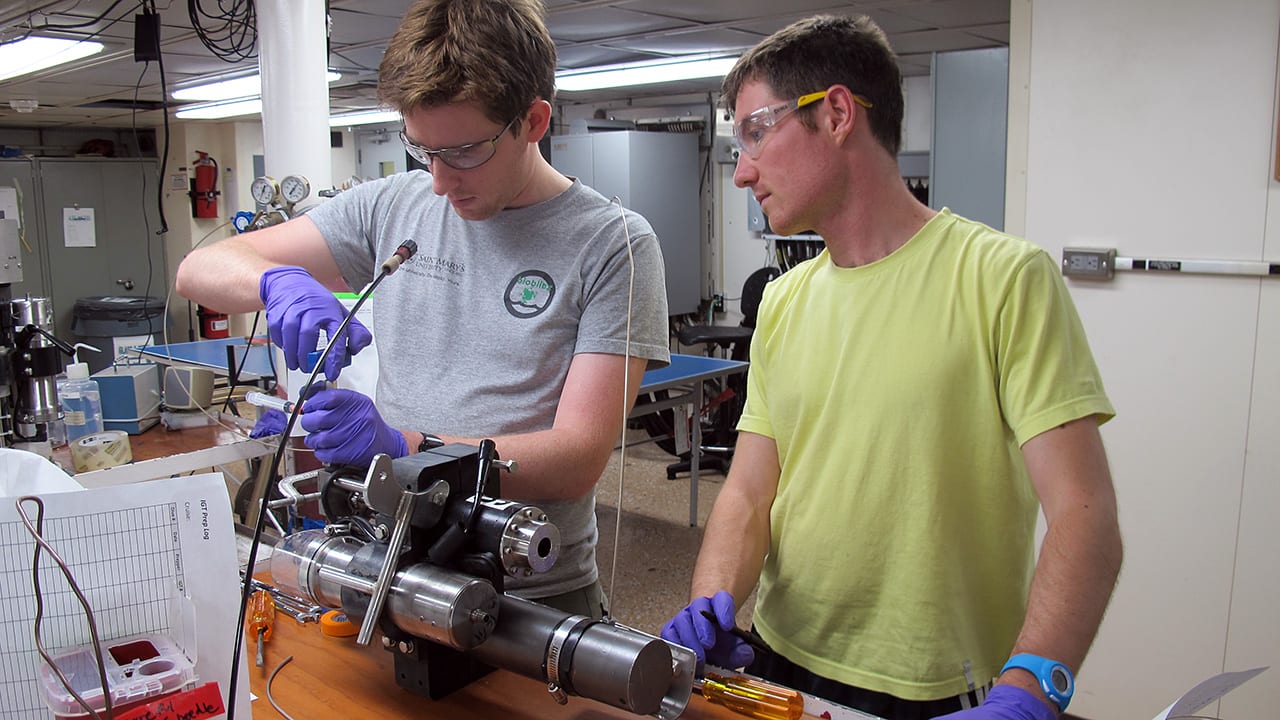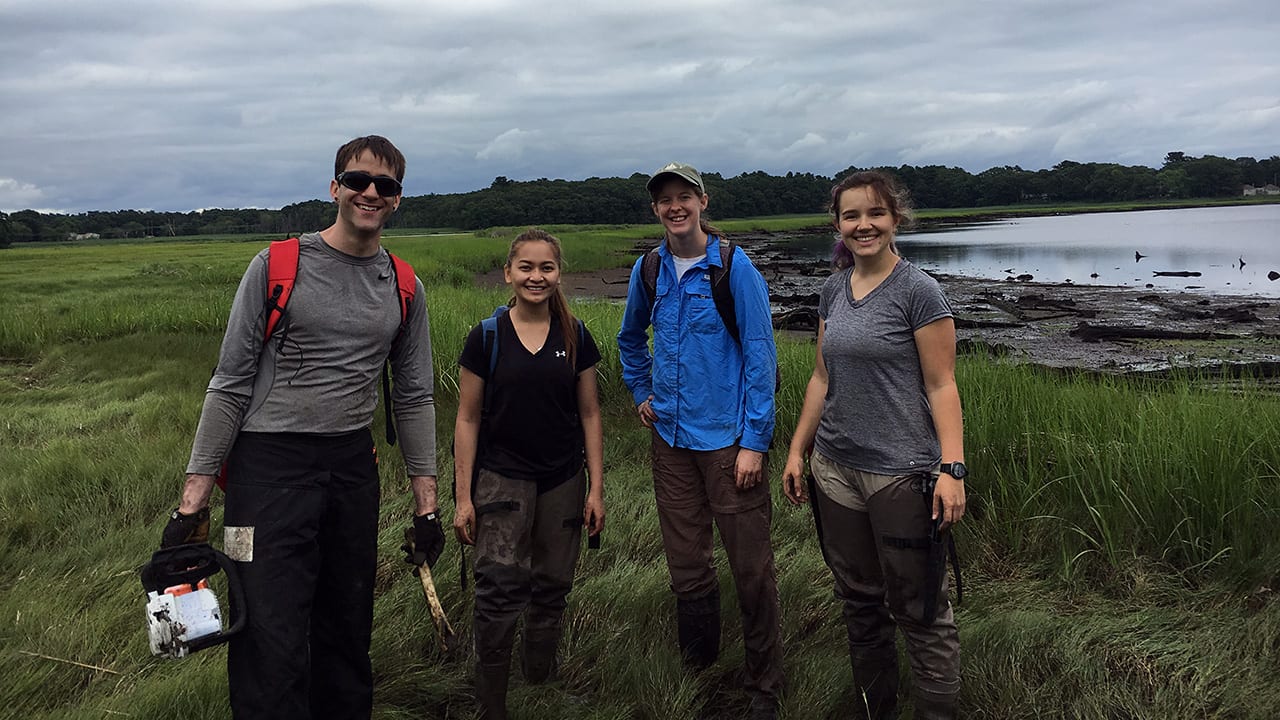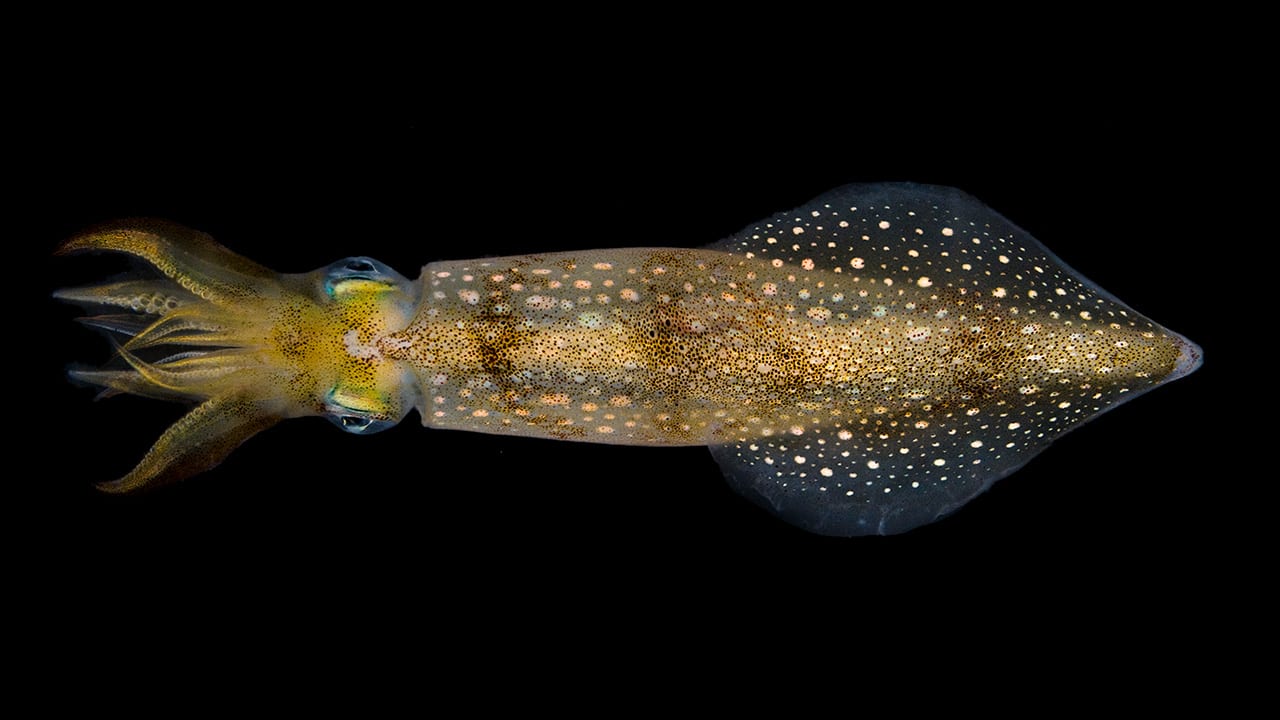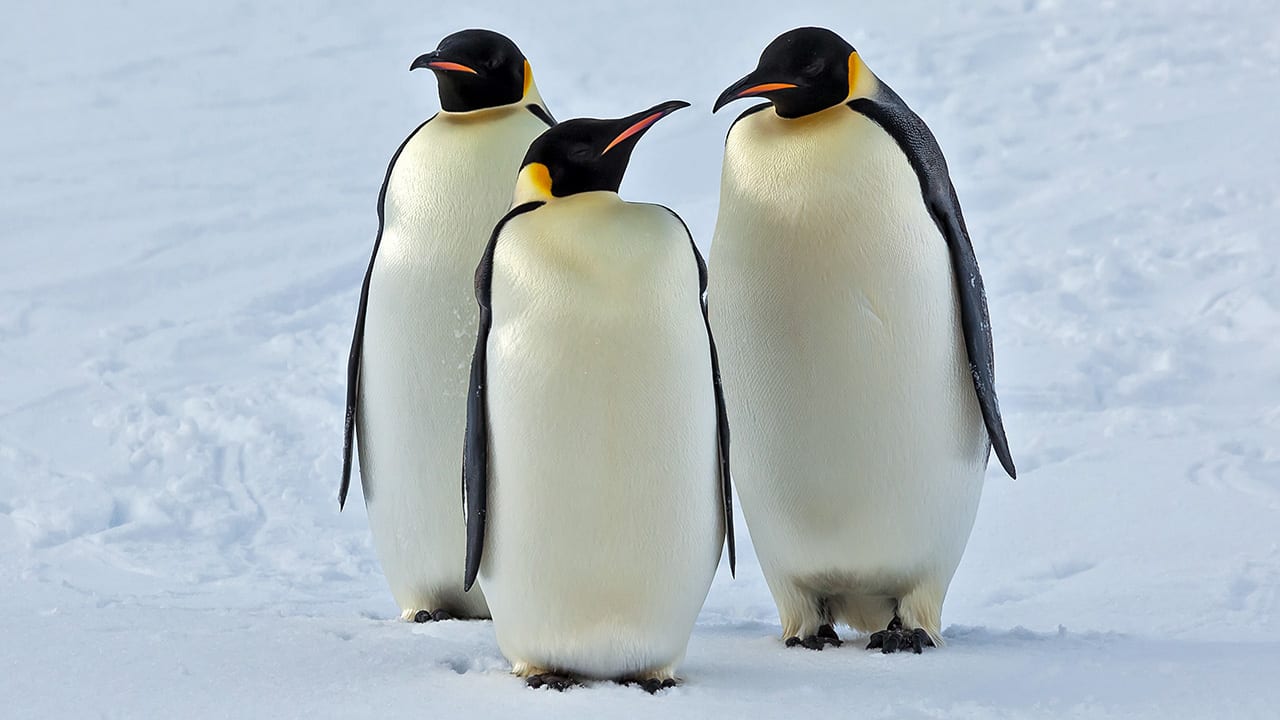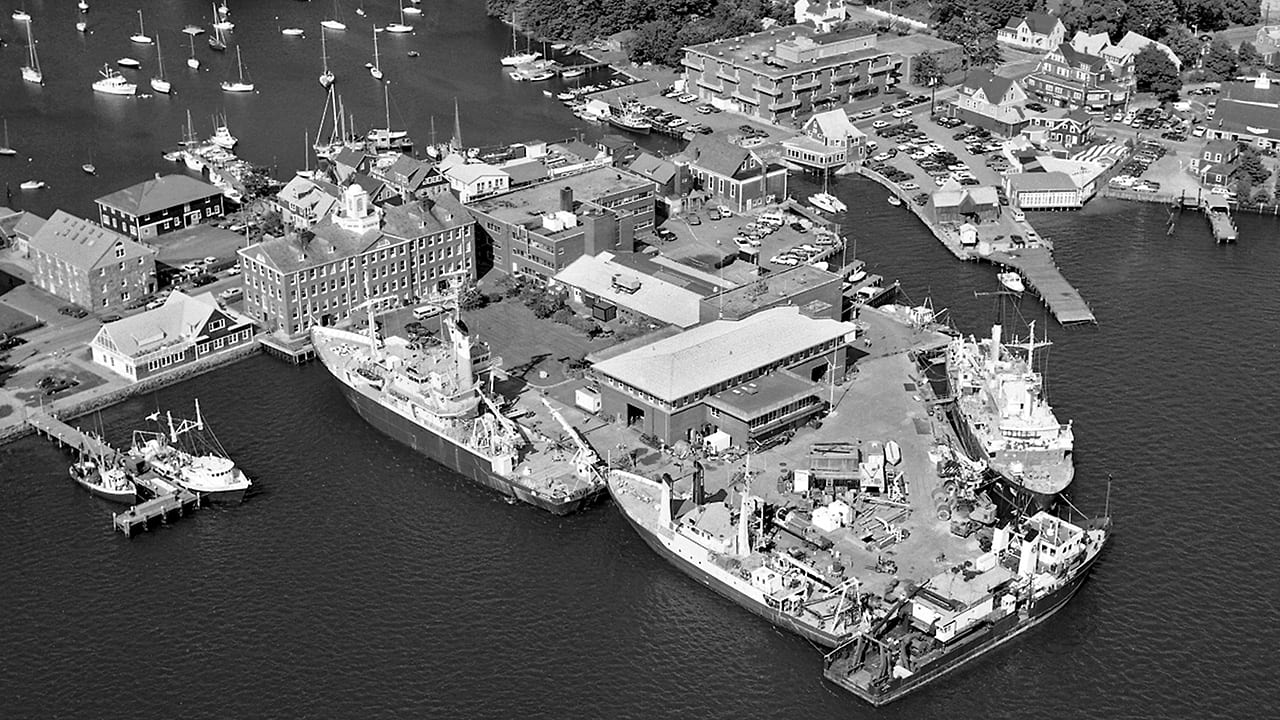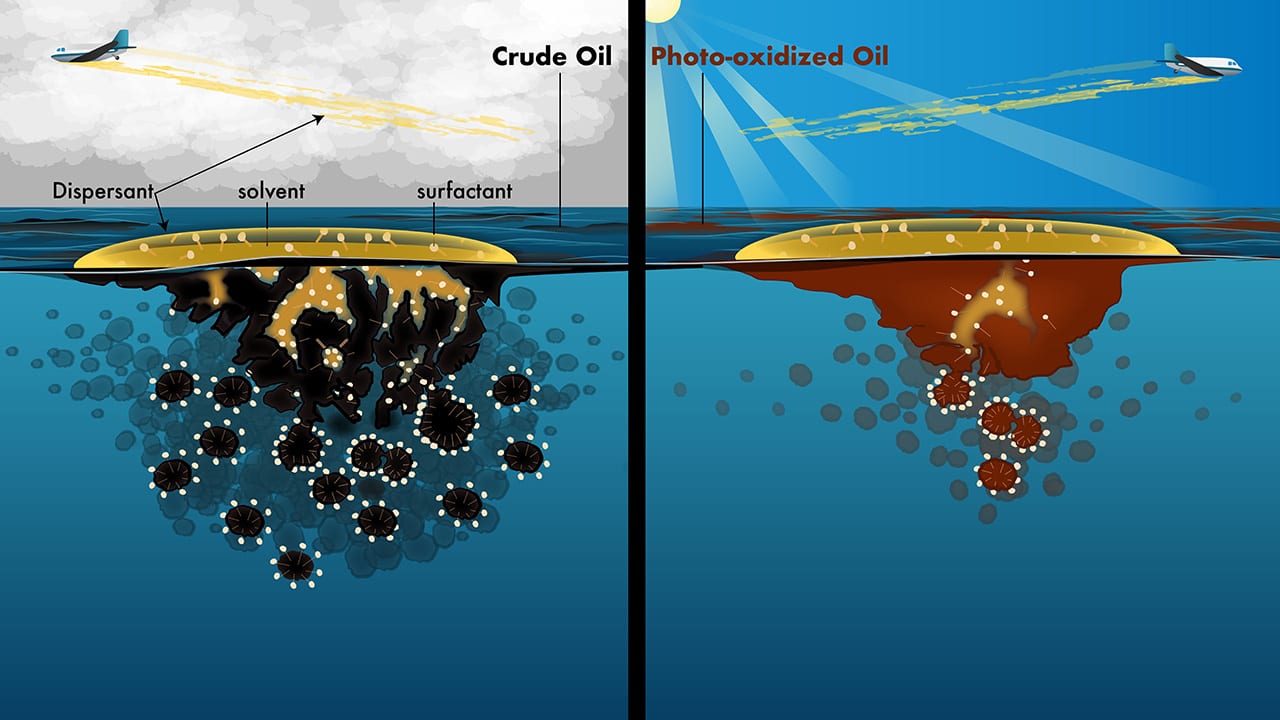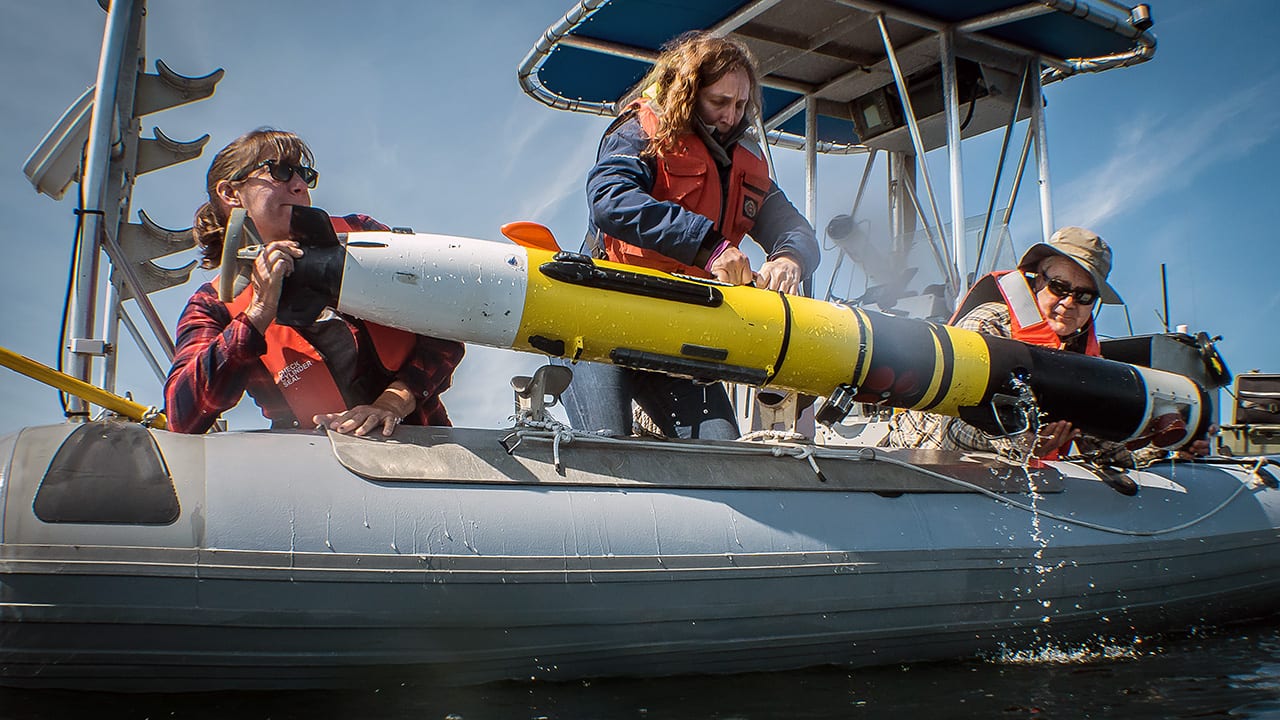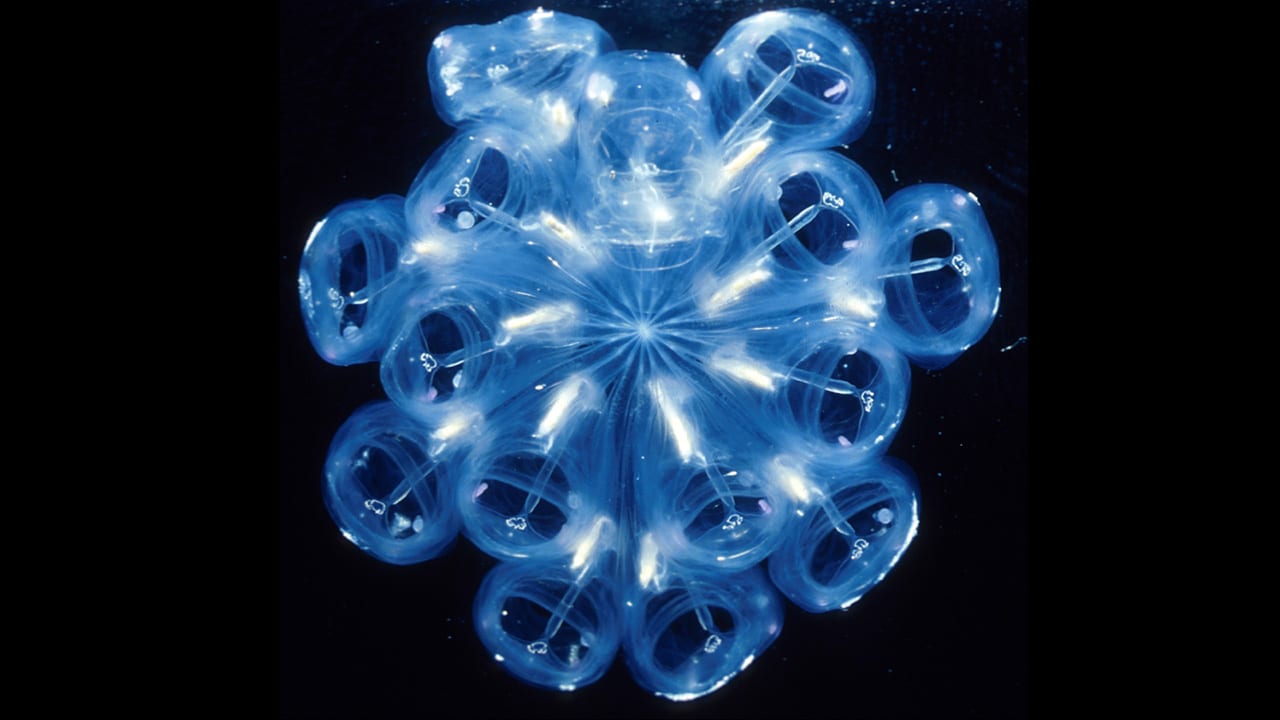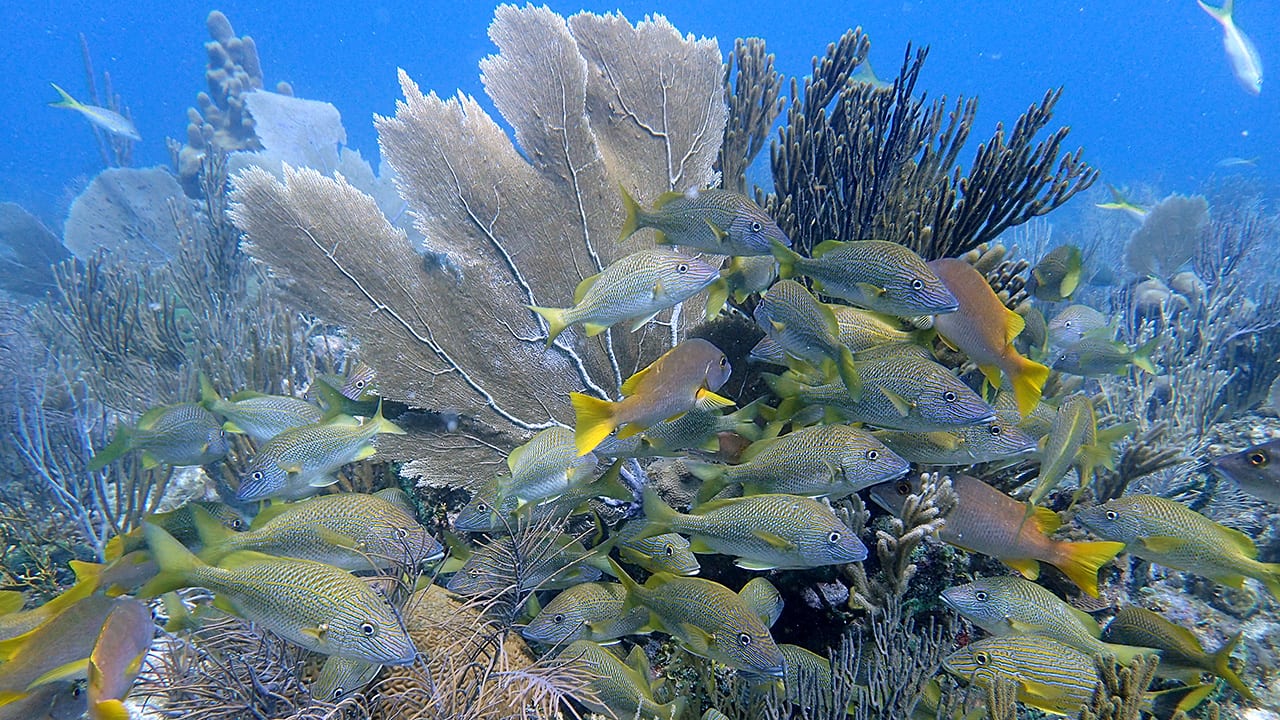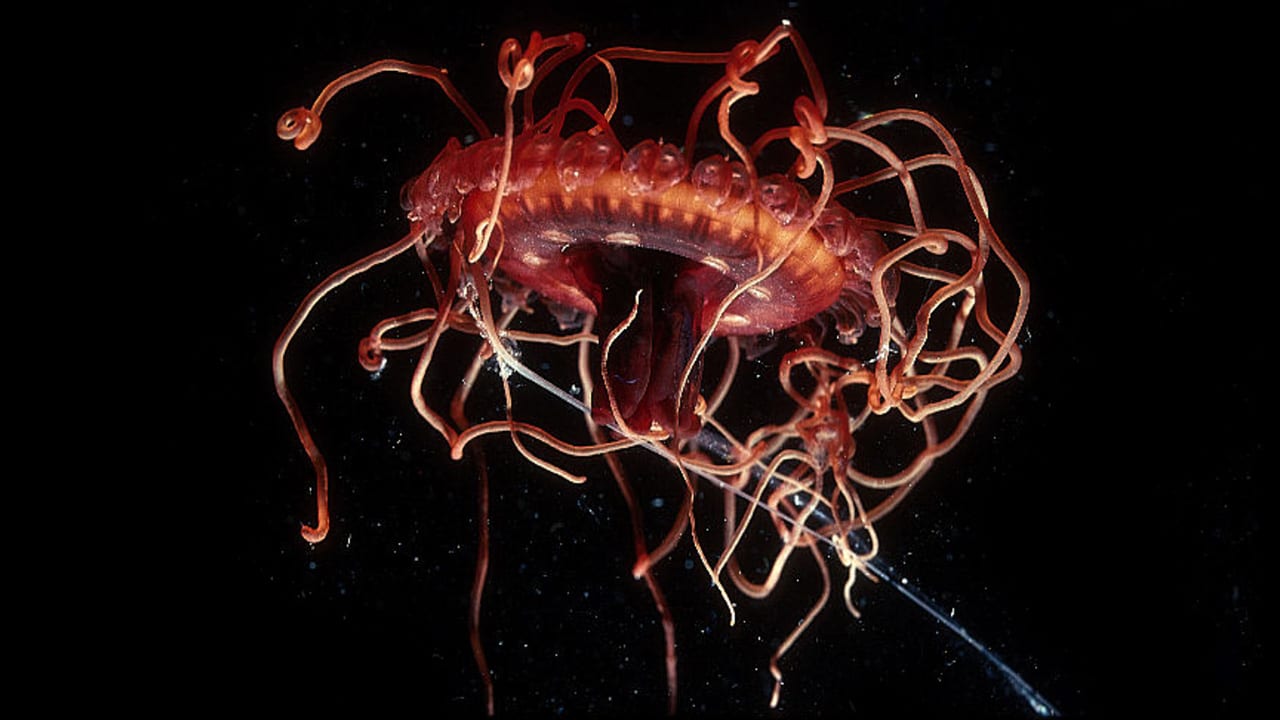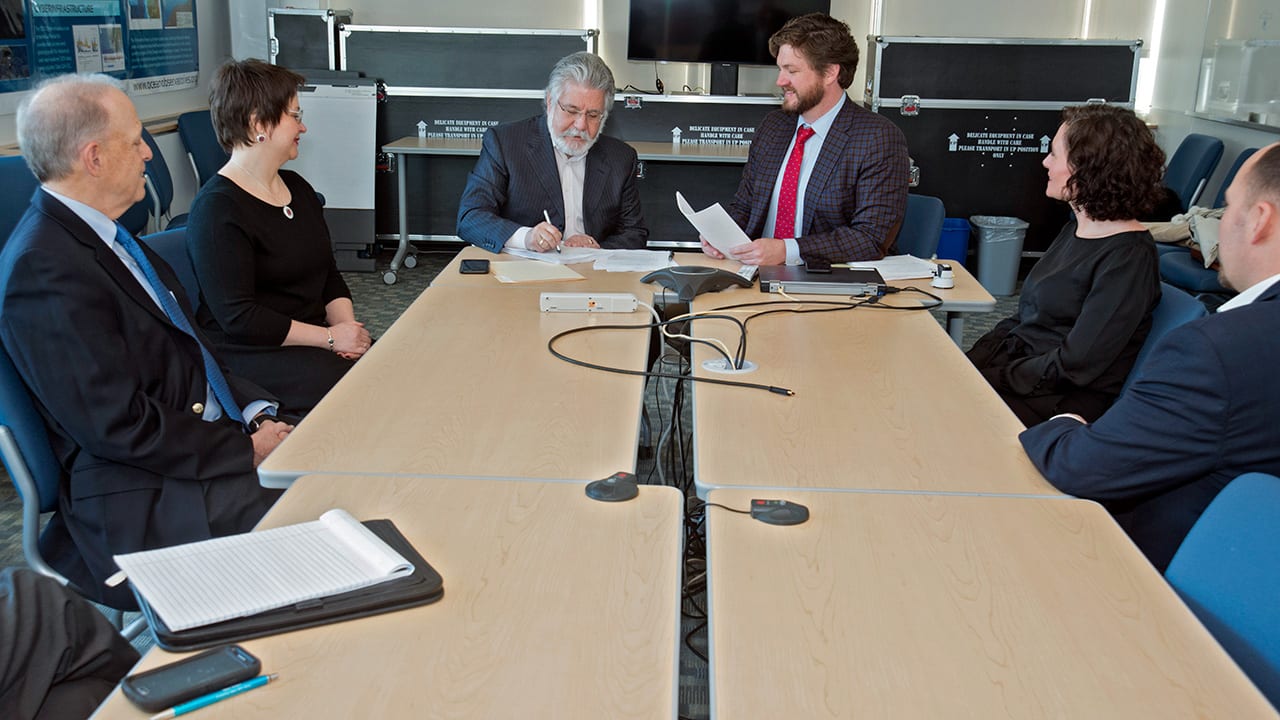Multimedia
The REMUS 6000
WHOI Principal Engineer Mike Purcell (foreground) and Research Specialist Mark Dennett work with the REMUS 6000, an autonomous underwater vehicle, on a 2011 cruise that located the wreckage of Air…
Read MoreWoods Hole History
It’s summer in Woods Hole, Mass., with plenty of opportunities to enjoy the outdoors and even learn a little about the fascinating ocean science that goes on here. But in…
Read MoreFair Winds and Following Seas
Members of the WHOI Port Office, who manage the operations of WHOI’s ships, gather on stage as Rob Munier, vice president for marine facilities and operations at WHOI (at podium)…
Read MoreGetting a Grip on Gliders
Senior engineering assistant Diana Wickman shows part of an ocean glider to elementary school students from the Mullen-Hall School in Falmouth, Mass., during their annual Green Bus tour. Gliders and…
Read MoreSID Goes to the Seafloor
Bosun Patrick Hennesey (left) and Ordinary Seaman Clindor Chacho begin to lower an instrument called Vent-SID on a cable to the seafloor from the research vessel Atlantis. WHOI microbiologists Craig…
Read MoreMagnetic Technology
WHOI engineer David Fisichella shows a handheld magnetometer to students from the Perkins School for the Blind during a visit to WHOI earlier this month. Research divers use the instrument to detect metallic objects…
Read MoreArctic Changes
Lauren Kipp, a graduate student in the MIT-WHOI Joint Program, spent 65 days on the U.S. Coast Guard icebreaker Healy in the summer of 2015, measuring levels of radium-228 across…
Read MoreCore Curriculum
WHOI researcher Ellen Roosen (center) gives science teachers a tour of the WHOI Seafloor Samples Laboratory. She explained how WHOI scientists recover cores of seafloor sediments and corals, which preserve…
Read MoreLife in the Twilight Zone
Dive into the twilight zone to explore extraordinary adaptations and the food web that powers this mysterious mid-ocean ecosystem.
Read MoreImproving Hurricane Prediction
A view of Silver Beach in North Falmouth, Mass., after the hurricane of 1938 is a reminder of the damage hurricanes can cause. Jeff Donnelly and colleagues in the WHOI…
Read MoreLost and Found Buoy
WHOI technicians Jim Ryder (left) and Jeff Pietro (right) in the WHOI Mooring Operations and Engineering Group, and Kris Newhall (center) traveled to the most western side of Smith Point,…
Read MoreMeasuring Deep-sea Microbes
Former graduate student Jesse McNichol and postdoctoral researcher François Thomas conduct experiments in an Isobaric Gas-Tight sampler (IGT) aboard the reserach vessel Atlantis. An IGT sucks in bacteria and fluids…
Read MoreGhost Forest Busters
WHOI graduate and guest students collect cross sections from ancient Atlantic white cedar tree stumps in Hundred Acre Cove in Rhode Island. Atlantic white cedars are particularly sensitive to temperature…
Read MoreSquid on the Menu
Loligo pealii, the ordinary squid, is a kind of floating buffet that feeds fish, birds, seals, dolphins, many whales, and even humans. Despite this, scientists know remarkably little about how…
Read MoreLong Walk on Shrinking Ice
Emperor penguins make long treks to reach their foraging grounds, sometimes up to 75 miles during the winter. However, diminishing sea ice means they may have less success in finding…
Read MoreFour Ships Pass
This view of the WHOI dock in 1983 shows a rare convergence of four research ships tied up at the same time. From left, the ships are: R/V Knorr, R/V Oceanus,…
Read MoreSunlight Affects Oil Spills
A recent study by WHOI scientists Collin Ward and Chris Reddy showed that sunlight plays a critical and previously overlooked role in oil spills. Light energy rapidly alters the chemistry…
Read MoreKelpBot
WHOI engineer Amy Kukulya (left) and scientists Andone Lavery and Tim Stanton recovered a REMUS 100 “KelpBot” autonomous underwater vehicle they deployed with colleagues from the University of New England recently…
Read MoreCarbon Pump
This bell-shaped cluster is made up of gelatinous organisms called salps (genus Cyclosalpa). This kind of salp lives in sunlit surface waters, but other species migrate to and from the…
Read MoreSchool’s Out
Thriving schools of white grunts and schoolmaster snapper swim amid the lush corals of the Jardines de la Reina (Gardens of the Queen) off Cuba. Because the reefs are somewhat…
Read MoreDeep Resident
There are an untold number of species like this jelly that are residents of the ocean’s twilight zone. The region of the ocean between 200 and 1,000 meters (660 and…
Read MoreFuture Explorer
Kayden Graham takes a “dive” in the Alvin personnel sphere on display at WHOI’s Ocean Science Discovery Center in Woods Hole, Mass. The exhibit includes panels saved from previous Alvin…
Read MoreTech Tranfser
Chris Land, WHOI Vice President for Legal Affairs (red tie) looks on as David Aubrey, CEO of EOM Offshore, LCC, signs an agreement in February 2018 that transfers controlling interest…
Read MoreAlvin’s Forebear
On January 20, 1961, in the midst of the Cold War, the bathyscaphe Trieste rolled down Pennsylvania Avenue in Washington, D.C., during the Inauguration Day parade of President John F.…
Read More
